
DWDM systems can be classified into two fundamental types: integrated systems and open systems. Integrated systems require that the optical signals from the incoming single optical transmission equipment terminals are light sources compliant with the G.692 standard. Open systems, however, incorporate Wavelength Conversion Units (OTUs) before the multiplexer and after the demultiplexer. These OTUs convert the wavelength of conventional G.957 interfaces to the G.692 standard wavelength optical interface. Through this optical-electrical-optical conversion process, open systems enable any optical signal meeting the G.957 recommendation to be converted into a standard wavelength optical signal, which can then be transmitted over the DWDM system using wavelength division multiplexing technology.
In practical deployments, DWDM systems typically adopt one of two basic forms: dual-fiber unidirectional transmission or single-fiber bidirectional transmission.
Dual-Fiber Unidirectional Transmission uses two fibers: one dedicated to transmitting signals in one direction, and the other for signals in the reverse direction. The advantage of this architecture is its simplicity of implementation, as the transmit and receive wavelengths at the same terminal equipment can be identical.
Single-Fiber Bidirectional Transmission carries signals for both directions simultaneously within a single fiber, using different wavelengths to distinguish the transmission directions. This approach reduces the required number of fibers and line amplifiers. However, its design is more complex, as it requires ensuring that the wavelengths for the two directions are set in the red band (longer wavelengths) and blue band (shorter wavelengths), and that the transmit and receive functions at the same terminal equipment must use different wavelengths.
 TEL:+86 158 1857 3751
TEL:+86 158 1857 3751 














































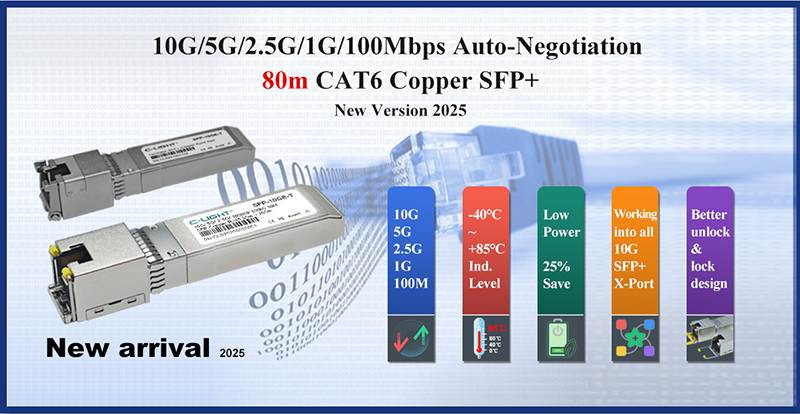

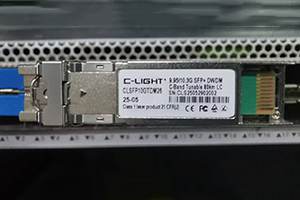

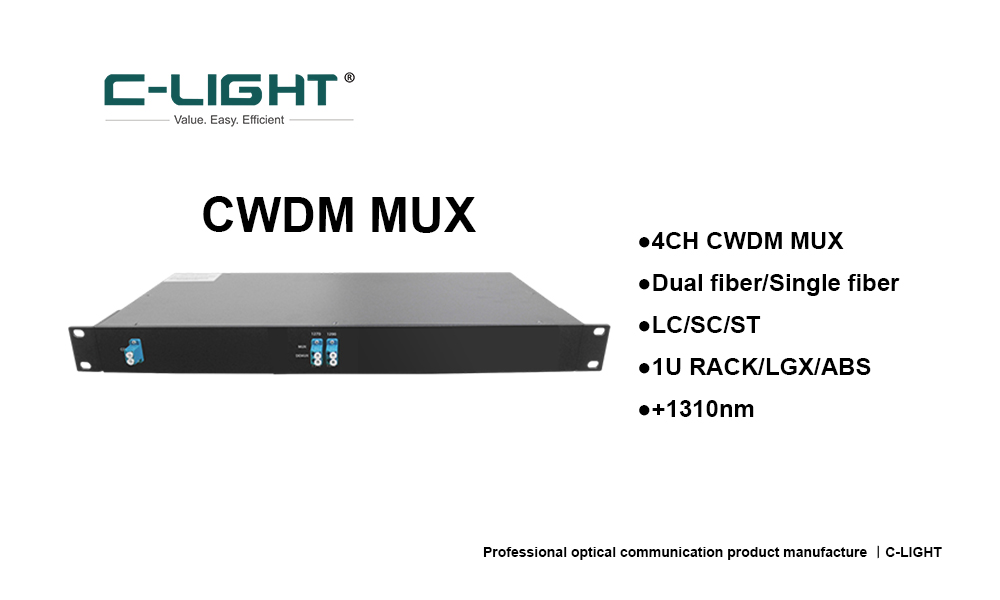
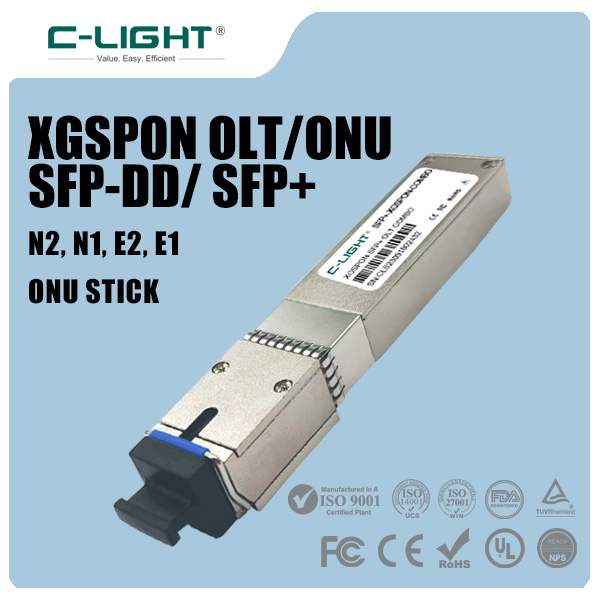



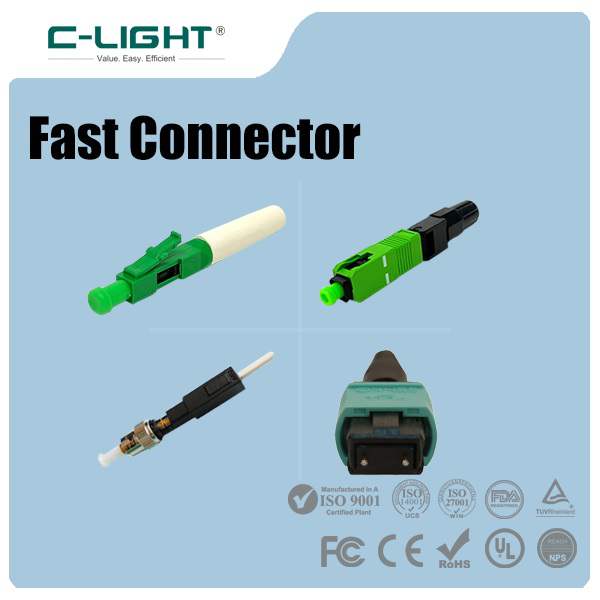 >
>
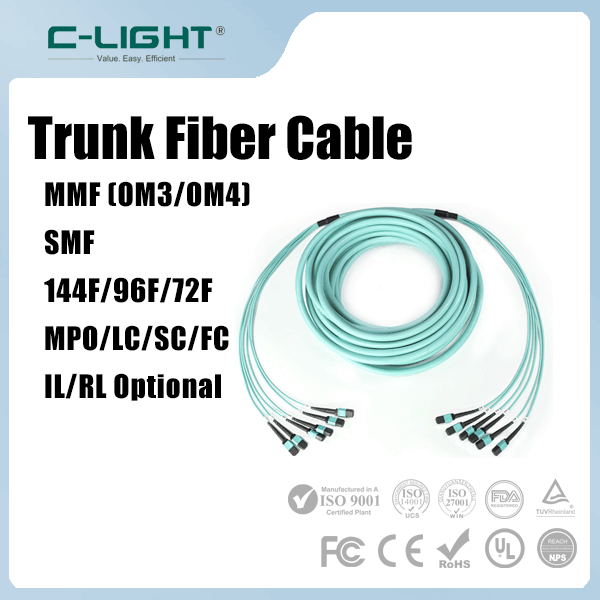 >
>
 >
>
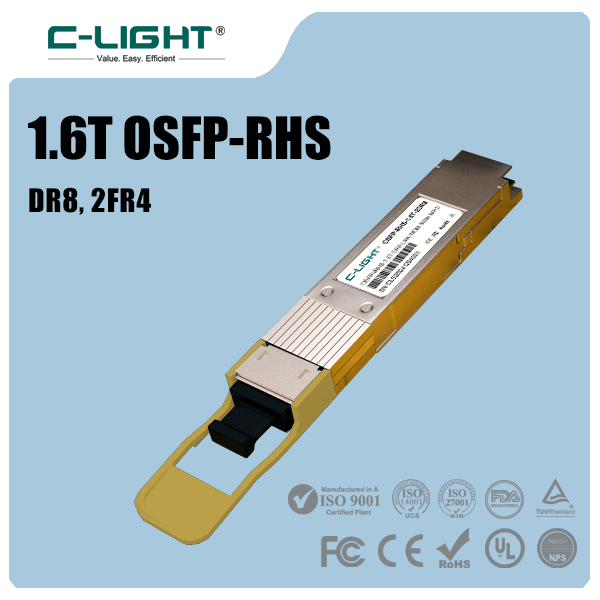 >
>
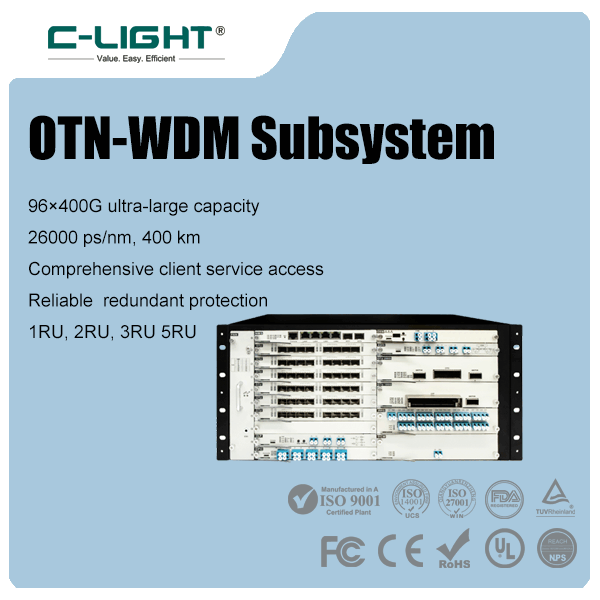 >
>
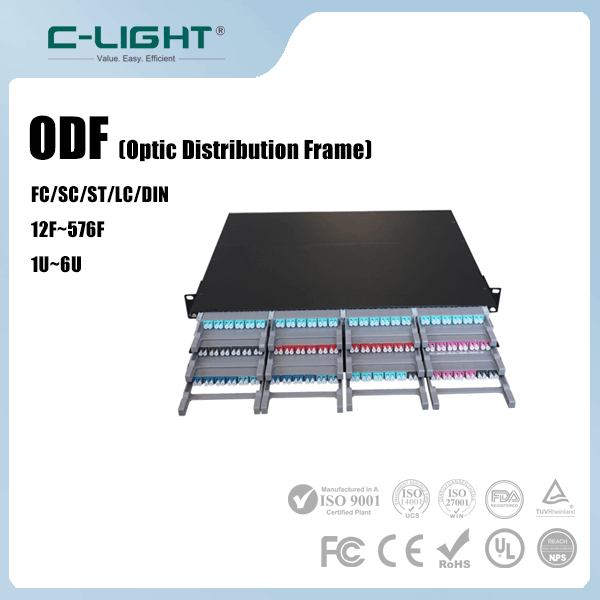 >
>
